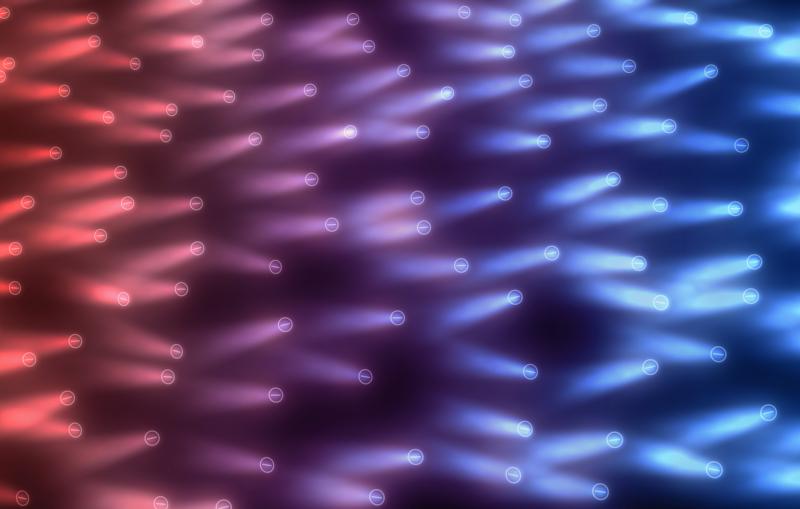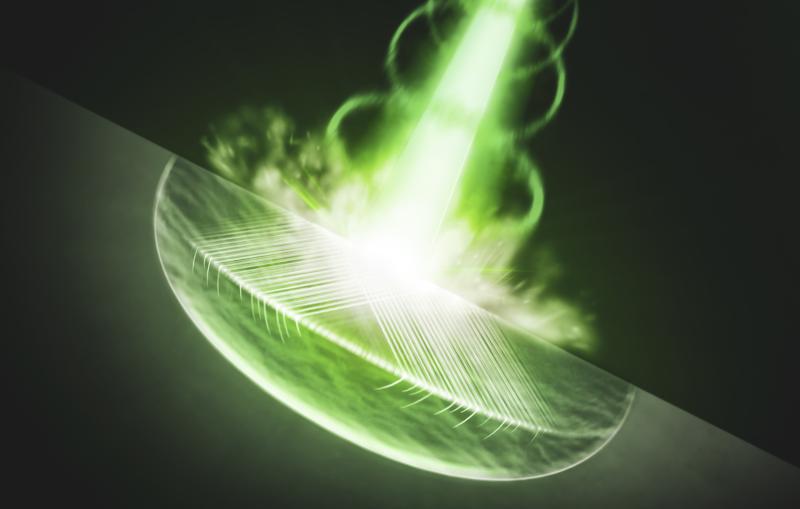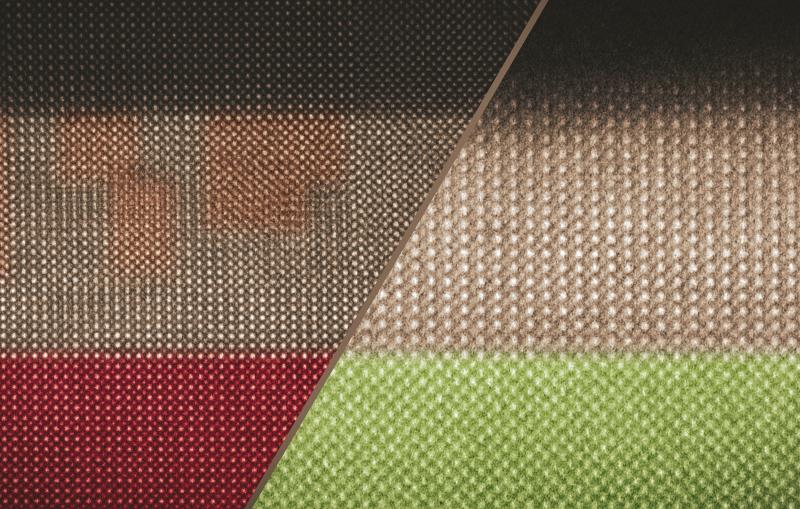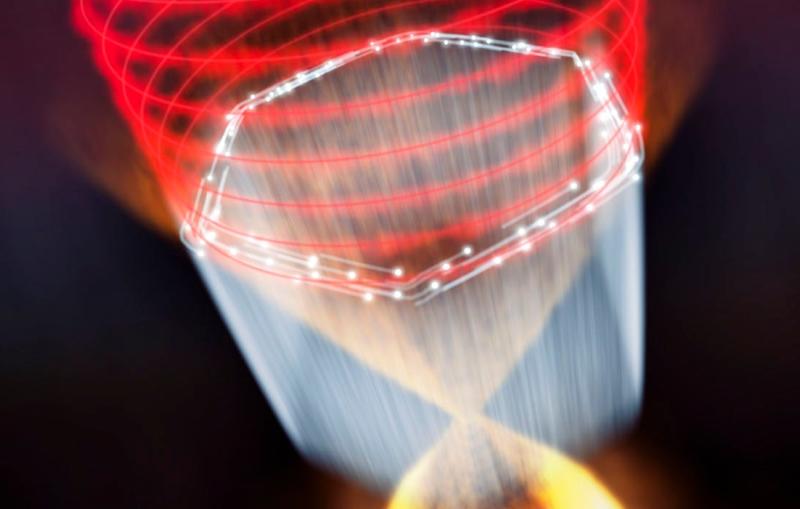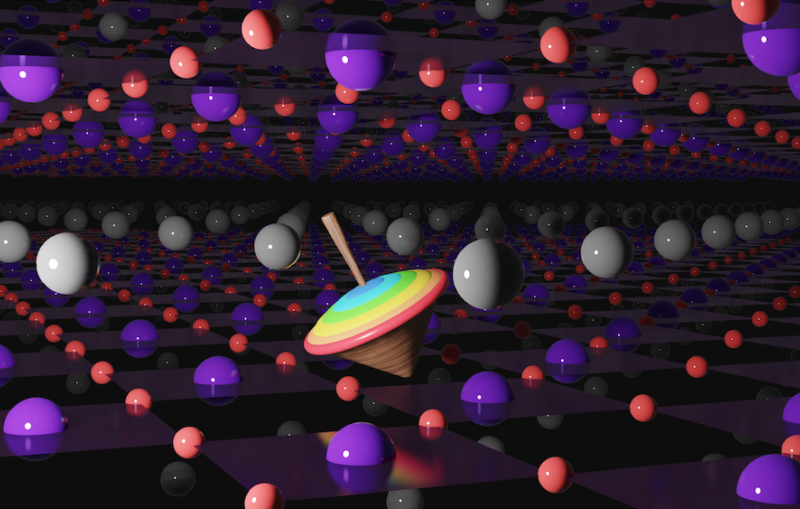Ilya Belopolski wins 2021 Spicer Young Investigator Award for work on exotic quantum materials
Belopolski has made key discoveries about Weyl semimetals and topological magnets, systems in which quantum effects produce new emergent particles with exotic electronic and magnetic properties.
Ilya Belopolski
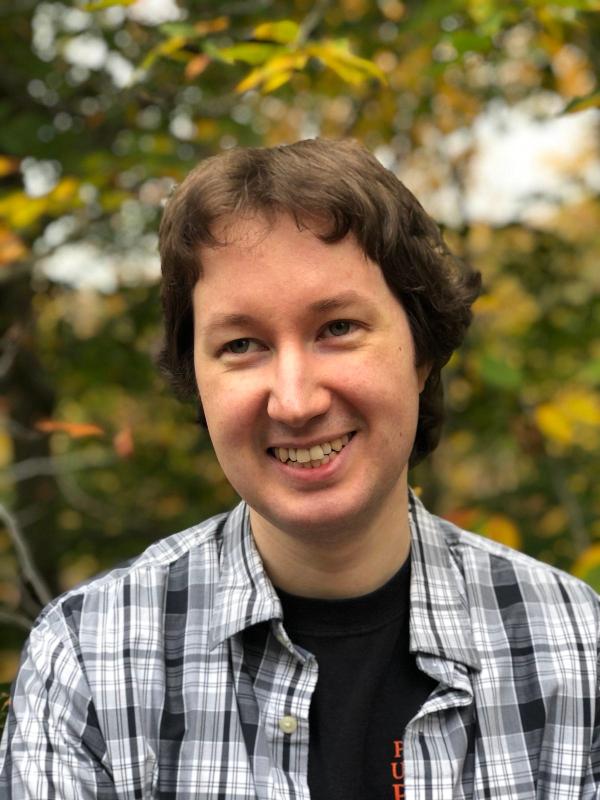
It was 2015, and Ilya Belopolski and colleagues had made a remarkable discovery: A prediction made nearly nine decades earlier by a particle physicist could come true – not in elementary particles, but instead in the collective motion of electrons inside a crystal of tantalum arsenide.
Belopolski and others have continued to explore that phenomenon, known as Weyl fermions, in what are known as topological materials. In 2017, working at the Stanford Synchrotron Radiation Lightsource, he and teammates showed that certain magnetic materials could host the fermions and how magnetism can drive Weyl fermion physics. Since then, they have also discovered new and unusual quantum behaviors in electromagnetic fields related to Weyl fermions in cobalt manganese gallium.
Now, SSRL’s 2021 Spicer Young Investigator Award is going to Belopolski in recognition of his work, much of which has been carried out at SSRL, located at the Department of Energy’s SLAC National Accelerator Laboratory.
“It’s such an honor to be recognized in this way,” Belopolski said, noting that much of his research draws directly on early versions of the synchrotron techniques pioneered by the award’s namesake, Stanford University Professor William Spicer, one of the founders of SSRL. “I’m proud to be part of this great scientific tradition.”
Drawing inspiration from gravitational wave detectors
As an undergraduate at Columbia University, Belopolski had not yet set his sights on studying topological quantum materials, such as Weyl semimetals. Instead, he helped work on detectors at the Laser Interferometer Gravitational-wave Observatory (LIGO), the exquisitely precise experiment that is helping to reshape how astrophysicists study the universe. “It was a wonderful community to be a part of and offered me a great start in physics,” Belopolski said.
It was also a source of inspiration for his future career. “What inspired me, partly because I was physically there working with the interferometer, was the quantum technology they were using to achieve this insane sensitivity” to gravitational waves, he said. “From there, I figured that the most valuable research to which I could contribute as a physicist was in quantum technology, which evolved into a passion for quantum materials.”
As a graduate student in Princeton physicist M. Zahid Hasan’s laboratory, Belopolski turned his attention to Weyl semimetals. Those materials are named for theorist Hermann Weyl, who in 1929 predicted the existence of a particle, now called a Weyl fermion, that could exist in the Standard Model particle zoo but which has never been detected. Some years later, physicists in Hasan’s lab predicted that electrons within certain materials, such as tantalum arsenide and cobalt manganese gallium, could exhibit collective quantum behaviors similar to what Weyl had predicted.
To demonstrate that these Weyl semimetals could actually exist in nature, Belopolski and colleagues turned to photoelectron spectroscopy, a technique developed in part by Spicer. The method involves using X-rays to kick electrons out of a metal, then analyzing the energy and momentum of the emerging electrons. Using these types of techniques and newer variants, they have discovered a rich zoo of Weyl semimetals in many families of quantum materials, at SSRL, the Advanced Light Source at DOE’s Lawrence Berkeley National Laboratory and other synchrotron light sources around the world.
A universe in miniature
“The world of quantum matter is extremely rich, and each quantum material is its own universe,” Belopolski said. “In analogy with fundamental particle physics, each quantum material has its own emergent particles with their unique interactions.”
Belopolski and others have subsequently developed new ways to study those miniature universes, including a patented method for producing and identifying new Weyl semimetals. And although potential applications are hard to predict, he is starting to think about what new technologies topological materials could be applied to.
Belopolski’s mentors and colleagues say he is just the person for the job. “Ilya’s work provided the first observation of magnetic Weyl fermions in nature, and he also devised an innovative method within the scope of photoelectron spectroscopy to prove that these exotic particles are topological,” Hasan, Belopolski’s graduate school adviser, wrote in a nominating letter. “He has also uniquely bridged the fundamental theory of topological phases, state of the art synchrotron-based photoelectron spectroscopy and wide-ranging topological material search” to achieve his goals.
In another nominating letter, Claudia Felser, a collaborator and director of the Max Planck Institute for Chemical Physics and Solids, wrote, “Without a doubt, Ilya is one of the most promising junior scientists in the emergent field of topological materials….I and my colleagues are convinced that among the next generation of experimental condensed matter physicists, he is the best!”
The Spicer Award will be presented to Belopolski during the 2021 SSRL/LCLS Annual Users' Meeting and Workshops at SLAC, which will be held Sept. 20-24. The award is named in honor of the late Spicer and his wife Diane. William Spicer was a co-founder of the Stanford Synchrotron Radiation Project in 1972, which later became SSRL.
SSRL is a DOE Office of Science user facility.
For questions or comments, contact the SLAC Office of Communications at communications@slac.stanford.edu.
SLAC is a vibrant multiprogram laboratory that explores how the universe works at the biggest, smallest and fastest scales and invents powerful tools used by scientists around the globe. With research spanning particle physics, astrophysics and cosmology, materials, chemistry, bio- and energy sciences and scientific computing, we help solve real-world problems and advance the interests of the nation.
SLAC is operated by Stanford University for the U.S. Department of Energy’s Office of Science. The Office of Science is the single largest supporter of basic research in the physical sciences in the United States and is working to address some of the most pressing challenges of our time.
